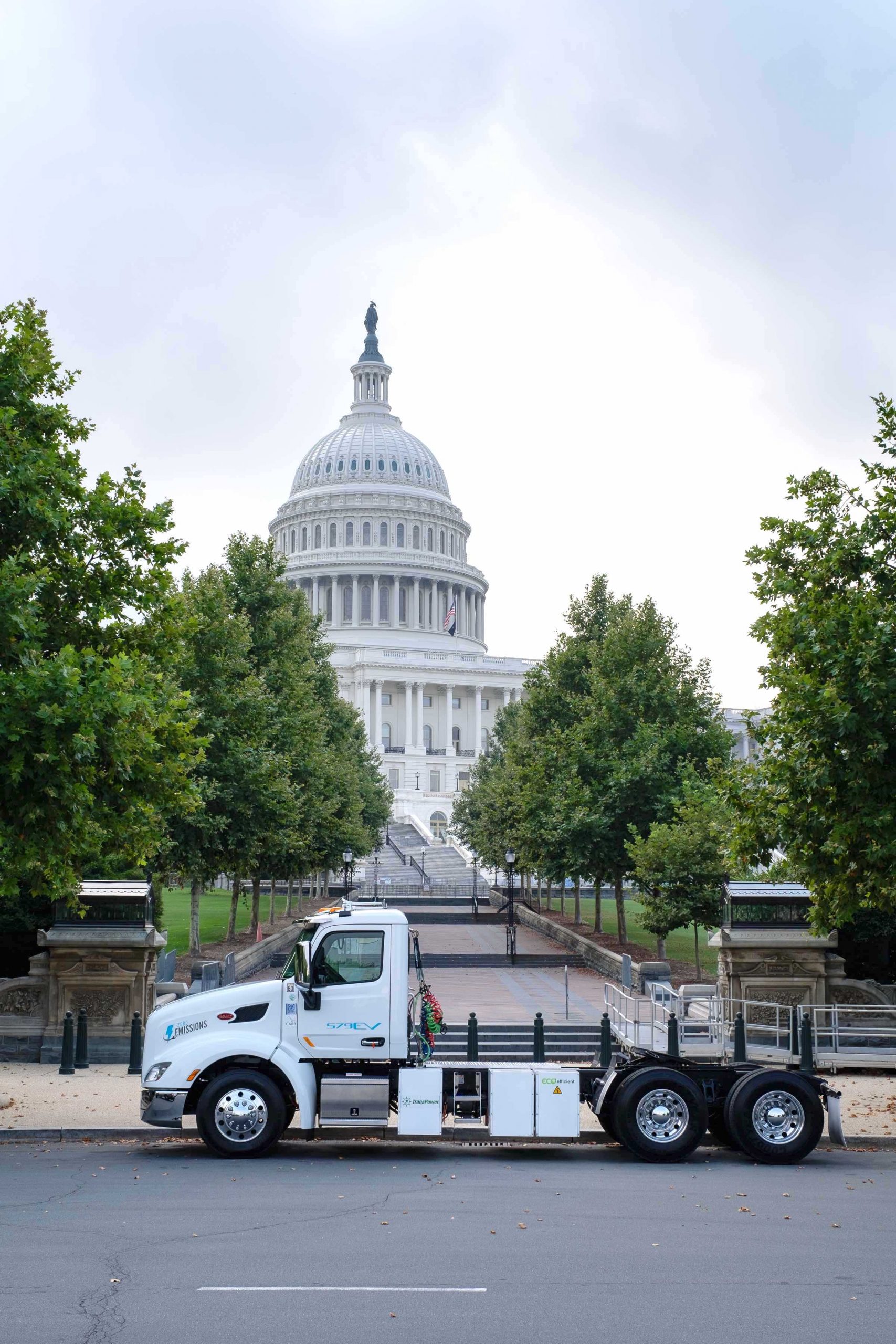The Environmental Protection Agency has scheduled 2022-24 release of rulemakings to extend the sharp reduction of heavy-duty truck emissions realized from the 2010 measure that standardized diesel particulate filter, selective catalytic reduction, and related exhaust treatment system components in on- and on/off-highway fleets. Initial “Clean Trucks Plan” action, applicable to 2027 and later model year Class 8 vehicles, will set…
Read MoreTag: heavy-duty trucks
EPA Cleaner Trucks Initiative: Cut NOx emissions, compliance red tape
Sources: U.S. Environmental Protection Agency; CP staff
Through its just-announced Cleaner Trucks Initiative (CTI), EPA aims to further decrease nitrogen oxide (NOx) emissions from on-highway heavy-duty trucks and update a current engine exhaust standard in an early-2020 rulemaking. Set in 2001, the standard culminated in 2010 with a 0.2-gram brake-horsepower-hour NOx threshold for which engine manufacturers deployed selective catalytic reduction equipment and urea-based diesel exhaust fluid.
Read MoreEPA, DOT target HD truck fuel efficiency gains north of 20 percent
Sources: Environmental Protection Agency; CP staff
EPA- and National Highway Traffic Safety Administration-proposed performance standards covering 2021–2027 model year heavy- and medium-duty trucks would achieve up to a 24 percent reduction of fuel consumption and carbon dioxide emissions when measured against a 2018 vehicle. The agencies address concrete mixers and dump trucks within a larger Vocational Vehicles category of heavy- and medium-duty models, representing what officials estimate is about 20 percent of fuel consumption in the transportation universe their proposal covers.
Read MorePCA TO FEDS: PAVEMENTS PART OF VEHICLE FUEL ECONOMY, LOWER EMISSIONS EQUATION
Responding to the White House’s second phase of fuel economy standards for heavy-duty trucks, targeted for 2015-16 rulemaking and implementation, Portland Cement Association CEO Gregory Scott noted, “We should expand the debate beyond making more efficient [vehicles] to making more efficient infrastructure.”
Read More